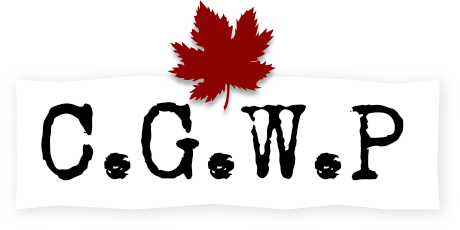
Second Lieutenant Frank William Morley
PERSONAL INFORMATION
MILITARY INFORMATION
- Private (Army). 1916-03-10 ?
- Second Lieutenant (British Army). 1918-08-02 to 1918-10-09
Images
RESEARCH INFORMATION
Frank William Morley was born 26 February 1882, in Huntsville, Ontario. His father Charles Morley was born in Torquay, England but had spent a few years in the Australia gold fields, returning to England before immigrating to North America. At some point he married a Scottish lass, Mary Rennie. The couple's first born child, Charles Obe Morley was born 12 July 1877 in East Tawas, Iosco, Michigan. A second son, John Rennie Morley was born in the States before the family moved to Ontario, Canada.
The 1881 Canada census found the Morley family farming in the Subdistrict of Proudfoot, Chaffey, Bethune and Perry in the Muskoka District. Another child had been added to the family, Arthur William Morley born in 1880 in Ontario. By the 1891 Canada census the family was farming near Huntsville, Ontario, with household members listed as Charles, age 45, Mary, age 46, Charles, age 14, John, age 12, Arthur, age 10, and two new family members, Frank, age 8 and Alfred, age 6. James Tooke, 19, of Nova Scotia was lodging with the family. In 1901 there were no changes to the family as they continued to farm in the area.
On 19 March 1904, Frank married May Florence Selkirk, daughter of George and Elizabeth (Hunt) Selkirk of Huntsville. On 14 December 1904, their first child, Frank Selkirk Morley was born, followed by Mary Beatrice on 04 July 1906. By the birth of their third child, Elizabeth Annetta (Beth) on 31 May 1908, the family had moved to Kenora, Ontario area, residing in the nearby sister town of Norman. In December 1907 Frank joined one of the two Kenora Masonic Lodges, Pequonga Lodge #414 AFAM. Lodge records show he was initiated 18 December 18 1907 and became a Master Mason 21 June 1909. On his application to join the lodge he gave his occupation as cook. Another daughter, Stella May was born 08 May 1910. The 1911 Canada census records Charles and Mary living in Norman with Frank's family, both Frank and Charles were working as log scalers.
Frank enlisted 10 March 1916 in Toronto, the family having returned to Huntsville to farm. According to his death notice, he had gone overseas in the spring of 1916 as a private with the Canadian Army Service Corp (Canadian Engineers). After training at Oxford he was commissioned with 10th Battalion, East Kent Regiment (the Buffs). The London Gazette of 2 August 1918, reported Frank William Morley, along with three other cadets had been commissioned as Temporary 2nd Lieutenants with the Buffs.
The Buffs were one of England's old line infantry regiments, tracing their origins to Morgan's Company of Foot, raised from trained bands of volunteers in London and which fought in Holland in the 1570s. The 'Buffs' reference, adopted by the Regiment in the 1700s, came from the shiny protective leather tunics soldiers wore in the 1500s. During the Great War the Regiment raised 18 Infantry Battalions. Of the over 20,000 men who joined, 5,941 including Frank Morley's are on the Regiment's memorial rolls. The 10th Battalion (Royal East Kent and West Kent Yeomanry) was formed in January 1917 in Egypt from two dismounted yeomanry regiments. In February of 1917 the battalion was transferred to the Western Front as part of the 230th Brigade, 74th Division, BEF.
In September and October of 1918, the 10th Battalion was part of the attack on the Hindenburg Line, including the Battle of Epehy, France. Second Lieutenant Frank William Morley's death notice records he Died of Wounds on 9 October 1918, "stricken down while leading his men in an attack." He is buried in the Bethune Town Cemetery, Bethune, Pas de Calais, France.
Frank's brother Arthur enlisted at Valcartier on 23 September 1914, and Alfred on 21 July 1915 at Camp Sewell, both returned home. His brother Charles signed a draft registration card in Ferry, Washington on 16 September 1918 but it is not known if he served.
Frank's father died 21 December 1916 in Norman. His death notice stated that "he was intensely patriotic, following the war with great interest. He has three sons with the colors...Lieut-Col. Arthur Morley, officer commanding the 144th now in England, distinguishing himself as a capable officer of the 8th Battalion under which Kenora men served during the early months of the war. He was wounded and returned to Winnipeg and recruited the 144th and is now in England with his battalion. Alfred E and Frank W are with the Army Service Corps at the front."*
Second Lieutenant Frank William Morley is commemorated on the Huntsville Cenotaph in Huntsville, Ontario. A member of the Pequonga Lodge No. 414, Kenora, he is commemorated on the Masonic Honour Roll 1914-1918 website.



